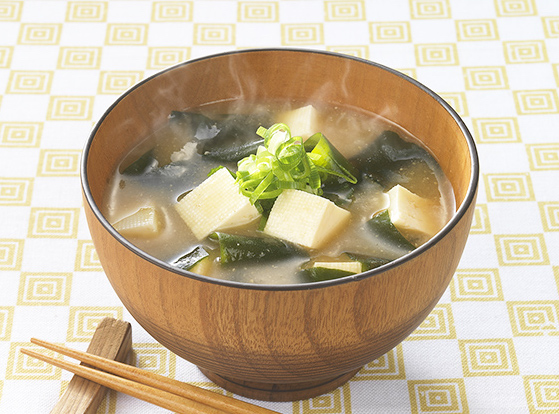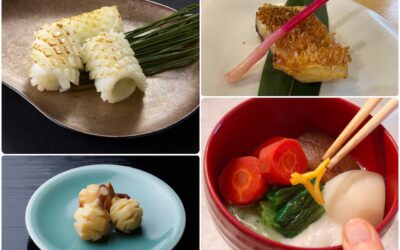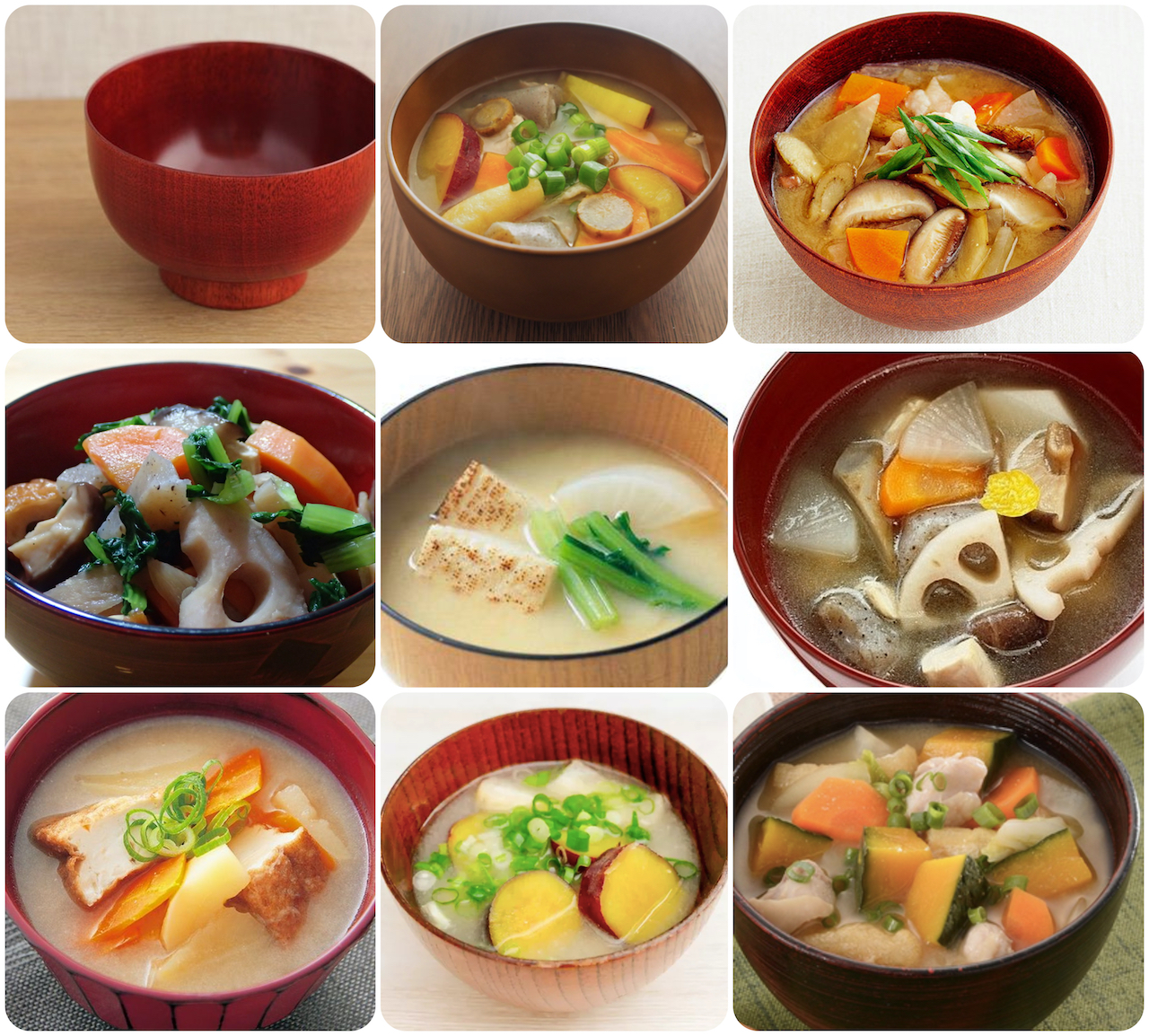
PROJECT Miso Soup
In most Japanese households, miso soup is served daily, often as part of breakfast, though it could just as easily appear at lunch or dinner. Most Japanese have strong regional preferences when choosing what miso to use (details posted to Kitchen Culture blog); the items floating in the miso soup are likely to reflect the season. Year-round, and throughout Japan, many miso soups will include tōfu in some form along with scallions, leeks and/or leafy greens. Another common addition is wakamé (sea vegetable).
Using the recipes below as a point of departure, create your own HOUSE MISO SOUP
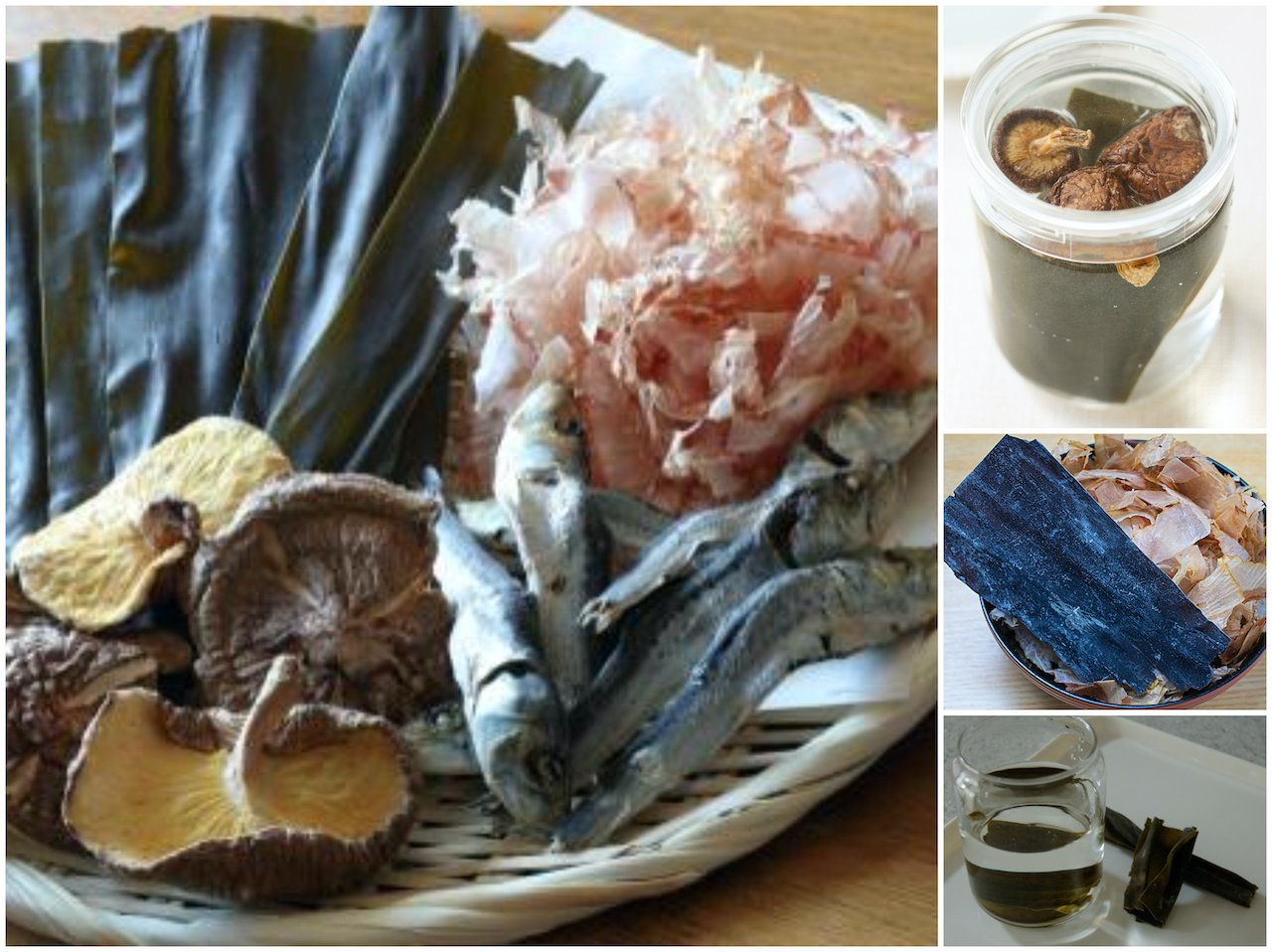
Various STOCKS (dashi)
Good-tasting, good-for-you miso soup is made with home-made dashi stock. Whether you choose to use Standard Sea Stock made with kelp and fish flakes or a vegan broth, Kelp Alone Stock or Sankai Dashi (made with dried shiitake mushrooms and kelp) it takes only a few minutes.
Ordinary Miso Soup
It is the very familiar and ordinary nature of these elements that makes ORDINARY MISO SOUP so reassuring, comforting and nourishing.
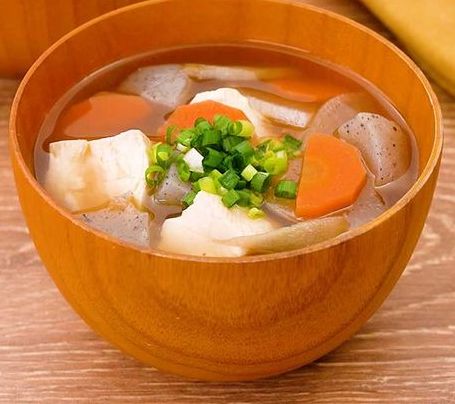
Miso-Enriched Chowder
Often miso soup will resemble a chowder brimming with chunks of root vegetables and hefty cubes of tōfu. Perhaps the best known is kenchin-jiru, credited to be resourceful monks at Kenchō-ji Temple (建長寺) in Kamakura who used scraps from preparing other meals. Nearly every household and casual eatery, too, will serve a similar soup. Some versions will have a clear broth, others will be thickened and seasoned with miso.

